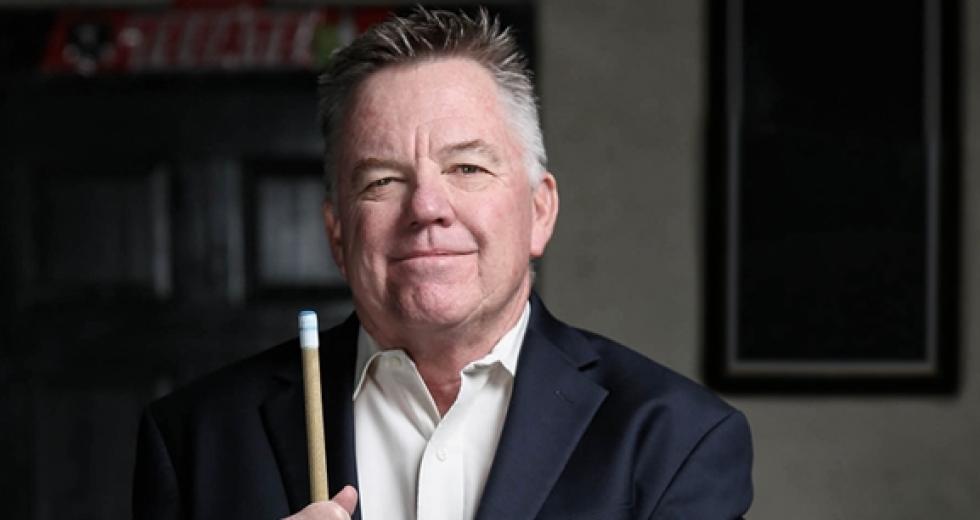Great cities are the result of vision and consensus. During more than three decades as a journalist in Sacramento, I have been drawn to subjects with a vision for the region. Joseph E. Coomes, Jr., a long-time redevelopment and land-use attorney, was one of them. He once told me he wanted “to see Sacramento develop as a city of spaces and places, where you can start at the river and walk to 54th Street without realizing that you walked that far.”
That comment came while I was interviewing him for my old “Working Lunch” column. At the time (February of ‘91), Coomes had just been honored as the Sacramentan of the Year by the Sacramento Metro Chamber, where he had served as president in 1977.
“You can walk through cities like London, Paris or Boston for several hours and not realize that you have strolled for many miles,” he said. “That hasn’t happened accidentally. It happened because people paid attention to the character of those cities on a block-by-block basis.”
His words have long lingered in the back of my mind as I’ve watched the steady march of mixed-use development throughout midtown. While there are still some gaping holes to fill downtown (some of them self-made in preparation for future market-driven developments), there is revived hope for accelerating that hole-filling during and after the construction of the new entertainment and sports complex.
In addition to midtown and downtown, there have been pockets of block-by-block development success throughout the city, including the R Street Corridor, CADA developments on 15th and 16th streets, and in Alkali Flats around the Globe Mill project. Exciting new endeavors are underway at Township 9, on a stretch of Broadway and in nearby Oak Park.
All of these success stories have one common denominator: decades. The projects took years to come to fruition, but according to Coomes, that’s OK. I caught up with him in May via cell phone while he was reacquainting himself with the “great walking city” of Boston.
“Like it or not, great neighborhoods, communities, cities and regions are not developed quickly,” he says. “Civic leaders need to always be thinking ahead at long-term investments that will create a sustainable tax base. And they need to continue to encourage the private sector to create unique places. Sometimes city leaders and the private sector simply have to be patient in order for the market and the economy to align. The last thing you want is a uniform, tilt-up, Disneyesque project plopped down in the heart of an eclectic neighborhood.”
There are long-stalled visions that continue to frustrate me as an editor and ardent community supporter. I was writing about the planned development of the railyards and Raley’s Landing (West Sacramento riverfront) pre-Comstock’s. There is a new glimmer of hope for activity at the railyards with the impending change of ownership, and on the west bank of the Sacramento River a creative mixed-used development is inching forward, block-by-block.
Perhaps French playwright Molière put it best when he said, “Trees that are slow to grow bear the best fruit.”



